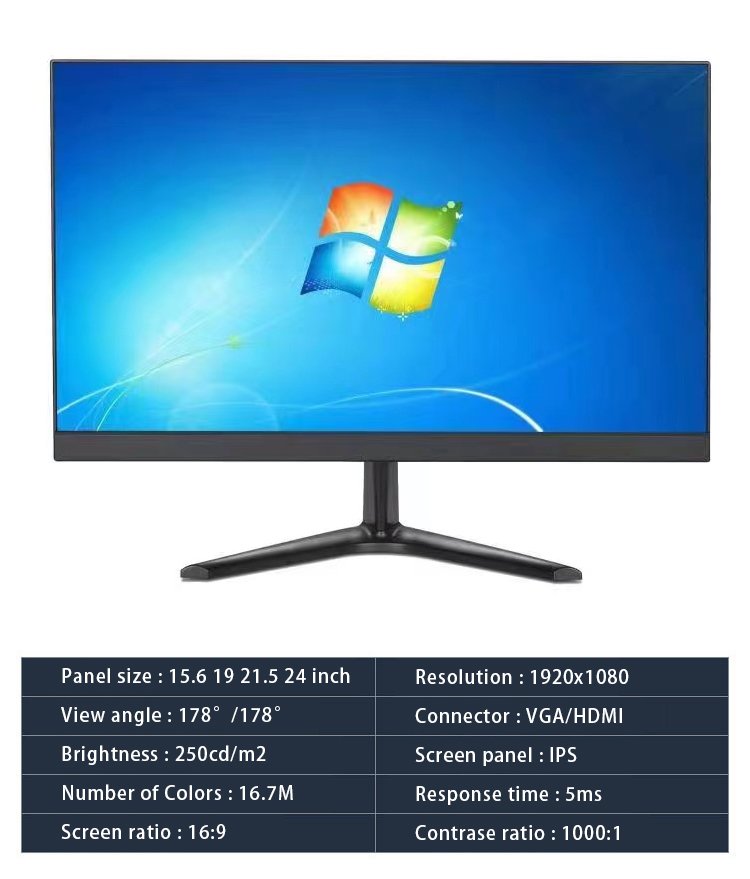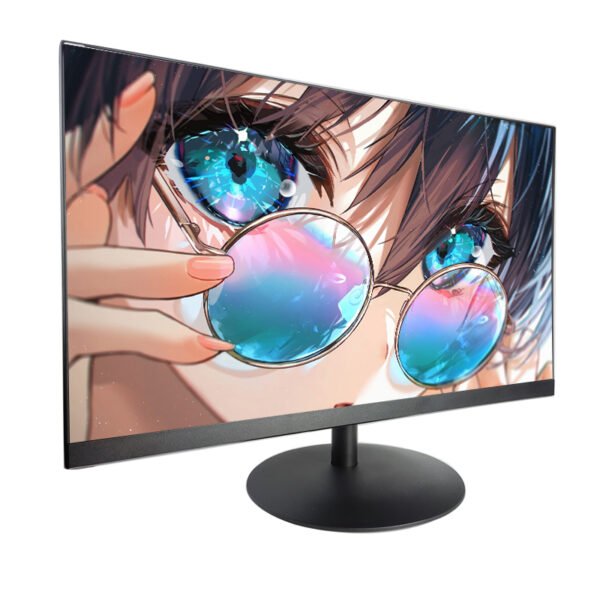
Introduction
If you use your computer for work and play, a full high-definition (HD) screen is a good choice. If you want to reduce eyestrain on long working days, consider features like built-in flicker reduction or blue light filters. A large LCD monitor will help you enjoy movies and games to their fullest—just make sure it has a fast enough response time for your needs.
A good LCD monitor is an essential part of your desktop computer.
If you’re looking for a new computer monitor, then you have several options to choose from. Whether it’s an LCD or a CRT monitor that will best fit your needs depends on how much space you have on your desk and what kind of picture quality is important to you.
An LCD (liquid crystal display) monitor offers many advantages over other types of monitors. It has a thinner profile than CRTs and can often be tilted or rotated into portrait mode if desired. The screen is made up of thousands of tiny pixels that change color based on the signal sent by the computer’s graphics card; this means that every pixel is able to produce more colors than its predecessor, making it possible for developers to create richly detailed games and films for consumers around the world “REACH OUT”
To get the best from your new monitor, you should choose one with a resolution that matches how you use your computer.
The resolution of a monitor is measured in pixels and is one of the most important specifications when choosing a new monitor. The higher the resolution, the greater number of pixels it has and the more detailed your images will appear.
For example, if you use your computer mainly for watching movies and playing games, then it’s best to choose an LCD with high-resolution (1920 x 1080 pixels or higher) so you enjoy crisp pictures and details. However, if you use your computer mainly for office work such as word processing or spreadsheet data entry—but also want to watch movies on occasion—then a lower resolution (such as 1600 x 900) would be enough because these activities require less detail than video playback does. For web browsing or reading ebooks on an LCD screen like Kindle Paperwhite 2nd Generation Screen Resolution: 1024x768px(300ppi), higher resolutions aren’t necessary either because text is small enough already without needing extra clarity from high-res monitors
If you use your PC for work and play, a full high-definition (HD) screen is a good choice.
If you use your PC for work and play, a full high-definition (HD) screen is a good choice. The Full HD resolution offers 1080 pixels of width and an aspect ratio of 16:9. This gives you more room to see what’s on the screen at once, so it’s easier to read text and see images in their original proportions.
Full HD screens offer better detail than standard definition (SD) screens, which are limited to 720p resolution.
If you want to reduce eyestrain on long working days, consider features like built-in flicker reduction or blue light filters.
If you want to reduce eyestrain on long working days, consider features like built-in flicker reduction or blue light filters.
Blue light is a spectrum of visible light that can cause eye fatigue and eye strain after extended use. If your monitor has built-in flicker reduction technology, it will automatically filter out potentially harmful blue light while keeping the image bright. (Note: this feature only works if you’re using an LCD monitor.)
If a screen filter isn’t available for your model, you can use software like Flux for Mac or Iris for Windows to reduce the amount of blue light emitted from your screen—this will also help reduce eyestrain over time.
A large LCD monitor will help you enjoy movies and games to their fullest—just make sure it has a fast enough response time for your needs.
You can get a large, high-resolution screen for your LCD monitor that will help you enjoy movies and games to the fullest—but make sure it’s got a fast enough response time for your needs.
A longer-than-average response time is better suited for gamers, who want to feel like their movements are being translated into action onscreen without any lag. A slower-than-average response time is better suited for movie viewers, who’ll notice ghosting effects when moving around objects onscreen quickly and don’t need as quick of a refresh rate anyway (since most movies are filmed at 24 frames per second).
Office workers will have no concerns about ghosting or blurriness while they’re typing on their computer, so they’ll want a monitor with an average or faster than average response time.
Consider the way you use your computer when choosing between different LCD monitors.
Before you buy an LCD monitor, consider your usage. Do you spend most of your time scrolling through a browser and typing documents? Or are you more into video games and other high-motion content?
If it’s going to be used as a work computer, consider the resolution. The higher the resolution, the sharper and clearer everything will appear. Most monitors have a maximum of 1920 x 1080 pixels but some can offer even more—if that’s important to you (it’s not always). You’ll also want to check out things like response time, refresh rate, contrast ratio and brightness for both work and gaming needs as well.
Conclusion
We hope we’ve given you some idea of what to look for when choosing a new monitor. If you have any questions about the process, feel free to contact us and we’ll be happy to help!


